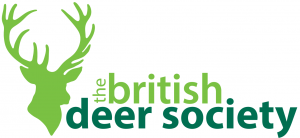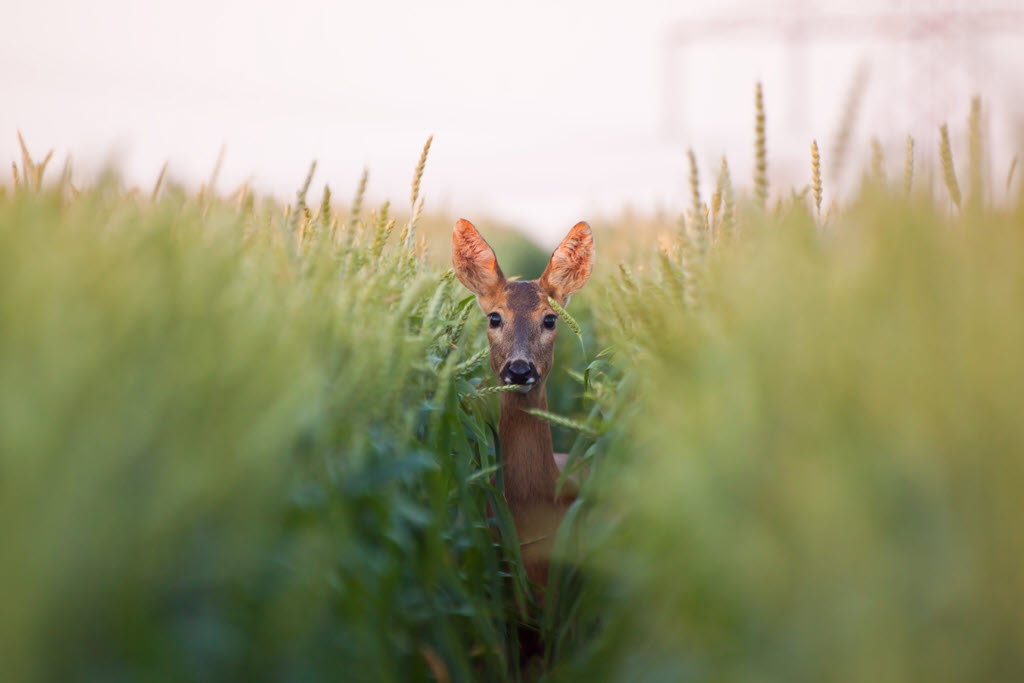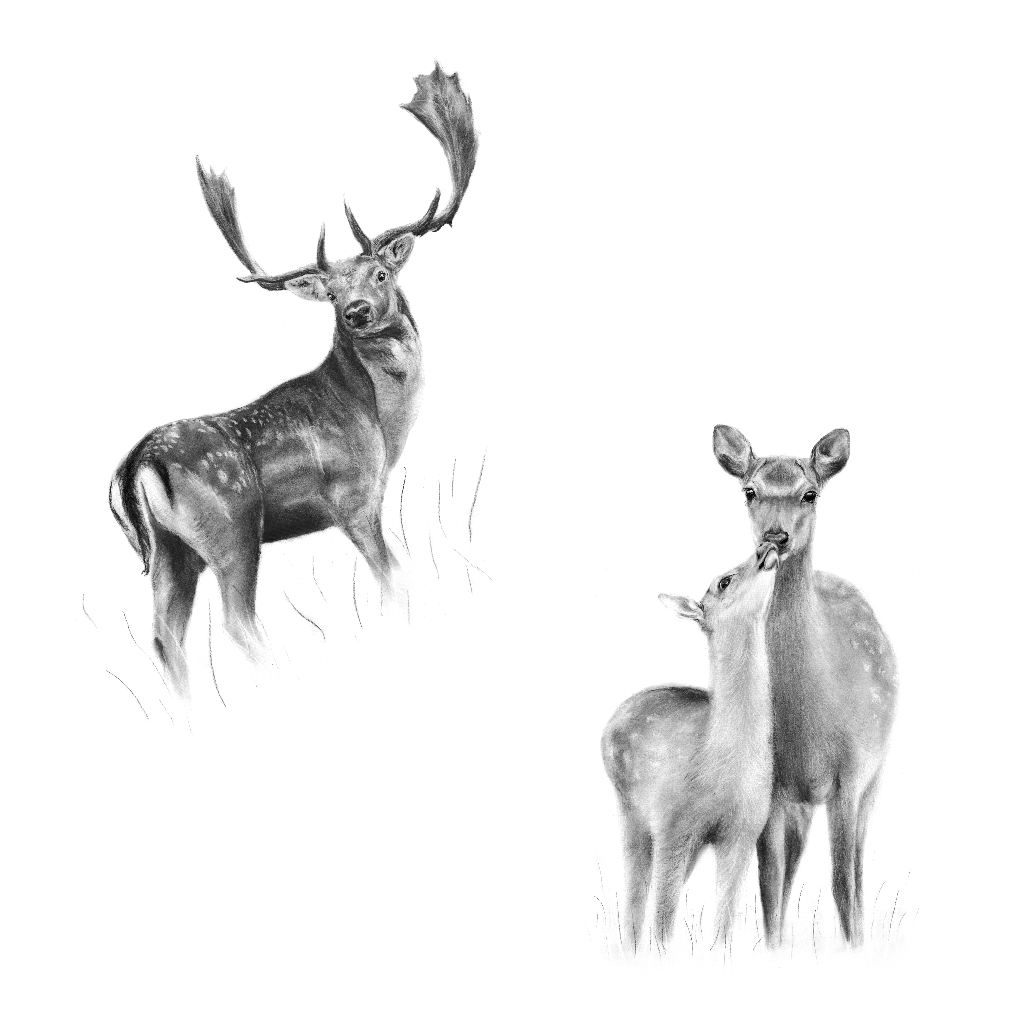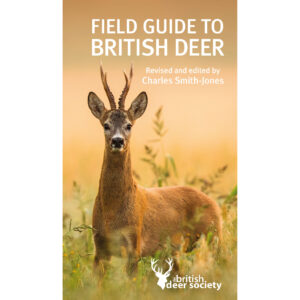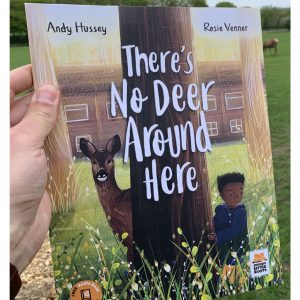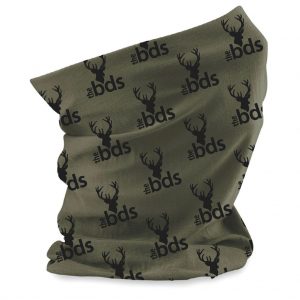Ask BDS – Injured Deer
Share article:
Article by:
Charles Smith-Jones, Technical Adviser, British Deer Society
Injured Deer
It’s heartbreaking to see a deer in need of help, but we can all make a difference. The British Deer Society is often contacted by concerned members of the public who have encountered a deer that they consider to be injured or sick and wonder what can be done to assist it.
Deer can suffer injuries in many ways, for example, while negotiating obstacles, in collisions with motor vehicles, or even when competing for breeding rights during the rut. They may also sometimes incur temporary muscular injuries much as humans can. They do tend to be healthy, though, and diseases are relatively rare.
If you believe that action does need to be taken it is usually most appropriate to alert the owner of the land in question. However, intervention can be fraught with difficulty.
Locating and capturing the animal might prove challenging and even then should only be attempted by skilled operators with appropriate equipment and licenses. In more severe cases euthanasia may sadly be the only practical and humane option.
Why Capturing Deer May Not Be The Best Solution
All wild deer inevitably find capture stressful and some species such as roe and water deer are particularly sensitive. In extreme cases, post-capture myopathy can be lethal. Furthermore, the law does not permit the re-release of a muntjac taken into captivity even if it makes a full recovery.
On the positive side, deer are extremely resilient and frequently recover from issues that might completely incapacitate a human. Although it may seem hard-hearted, it is often best to let nature take its course. If the deer is still moving about and feeding that is itself an encouraging sign, and hopefully a full recovery will take place in time.
Further guidance can be found here: Found or seen an injured deer? Here’s what you can do to help it.
Sick Deer and Notifiable Disease
If you have any suspicions that the deer might be suffering from a Notifiable Disease (rather than a straightforward injury) it is a legal requirement that you contact the Animal and Plant Health Agency.
This actually applies to any animal, whether wild or domesticated Notifiable diseases in animals – GOV.UK (www.gov.uk) Suspicious signs might include unusual lumps or tumours, bleeding from any orifice, or excessive emaciation.
APHA are responsible for identifying and controlling disease in both livestock and wildlife and will investigate, advise and take action as necessary.
You can find out more about APHA as well as contact details at Animal and Plant Health Agency – GOV.UK (www.gov.uk)



